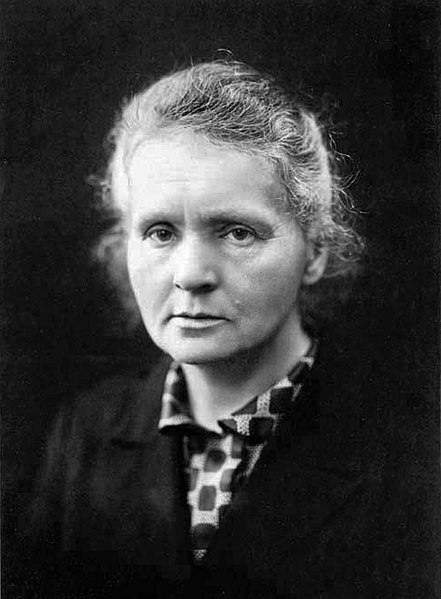Hello ladies and gents this is the Viking telling you that today we are talking about
MARIE CURIE
Marie Skłodowska Curie; 7 November 1867 – 4 July 1934, was a Polish and naturalized-French physicist and chemist who conducted pioneering research on radioactivity.
As the first of the Curie family legacy of five Nobel Prizes, she was the first woman to win a Nobel Prize, the first person and the only woman to win the Nobel Prize twice, and the only person to win the Nobel Prize in two scientific fields. She was also the first woman to become a professor at the University of Paris.
She was born in Warsaw, in what was then the Kingdom of Poland, part of the Russian Empire. She studied at Warsaw's clandestine Flying University and began her practical scientific training in Warsaw. In 1891, aged 24, she followed her elder sister Bronisława to study in Paris, where she earned her higher degrees and conducted her subsequent scientific work.
She shared the 1903 Nobel Prize in Physics with her husband Pierre Curie and physicist Henri Becquerel, for their pioneering work developing the theory of "radioactivity" (a term she coined). Using techniques she invented for isolating radioactive isotopes, she won the 1911 Nobel Prize in Chemistry for the discovery of two elements, polonium and radium.
Under her direction, the world's first studies were conducted into the treatment of neoplasms using radioactive isotopes. She founded the Curie Institutes in Paris and in Warsaw, which remain major centres of medical research today. During World War I she developed mobile radiography units to provide X-ray services to field hospitals.
While a French citizen, Marie Skłodowska Curie, who used both surnames, never lost her sense of Polish identity. She taught her daughters the Polish language and took them on visits to Poland. She named the first chemical element she discovered polonium, after her native country.
Marie Curie died in 1934, aged 66, at the Sancellemoz sanatorium in Passy (Haute-Savoie), France, of aplastic anaemia from exposure to radiation in the course of her scientific research and in the course of her radiological work at field hospitals during World War I. In 1995, she became the first woman to be entombed on her own merits in the Panthéon in Paris

Comments
Post a Comment